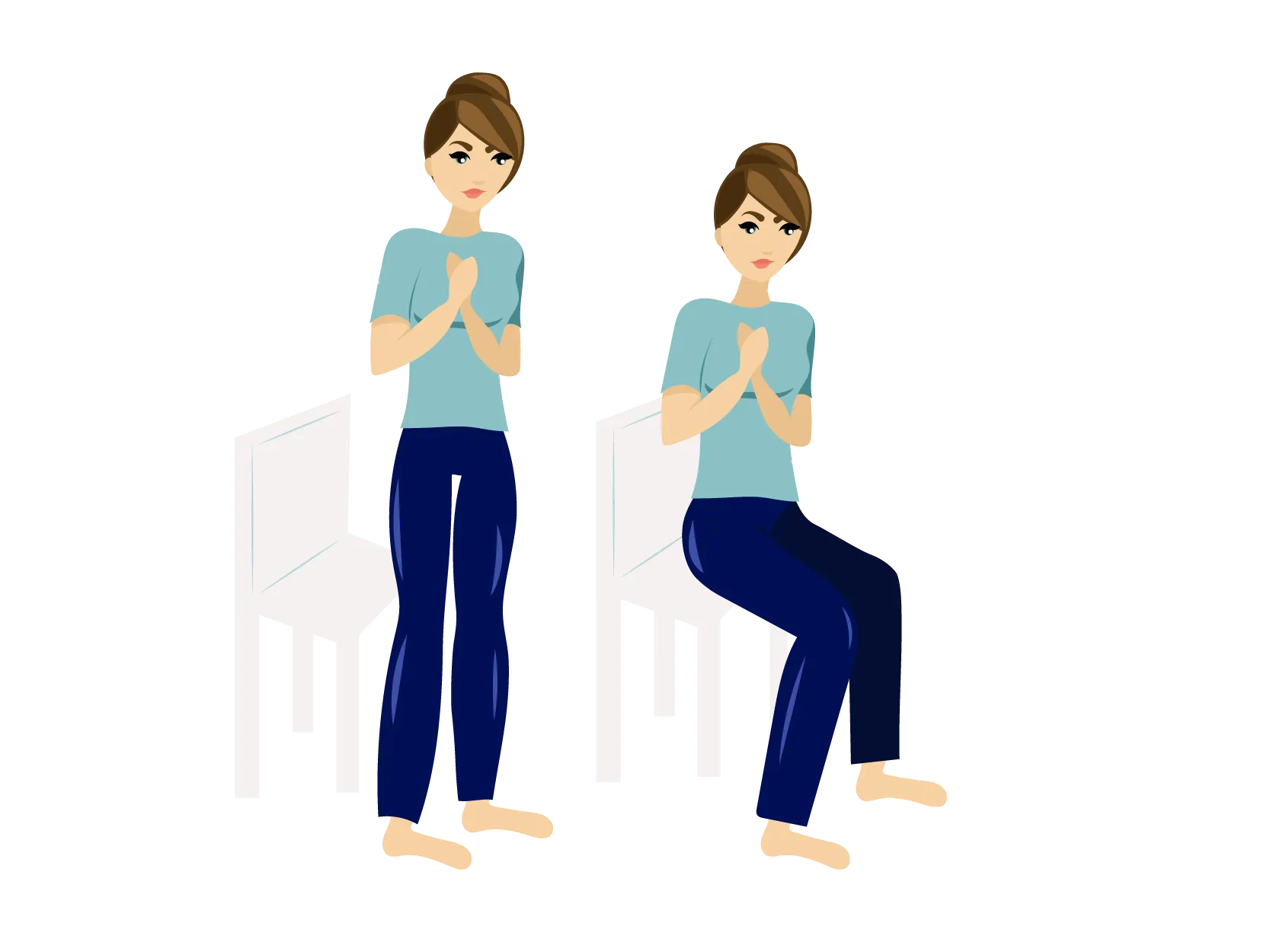Cause and symptoms
If you have been unfortunate enough to twist, hit or otherwise injure your knee, various forms of tissue and cartilage damage can occur in the knee.

Some of the typical injuries to the knee are:
- Ligament injury (Partially or completely torn cruciate ligament or torn/sprained collateral ligament)
- Meniscus injury (One or more tears)
The most common symptoms of knee damage are reduced mobility (difficulty bending/extending the knee) and pain when putting weight on the leg. In addition, you may experience episodes where the knee "locks" in a movement and/or a feeling of an unstable leg, where the leg can spontaneously break under you.
If the symptoms continue unchanged for a longer period of time, you should contact your doctor for a recommendation for a course of treatment.
What you can do yourself
In the first few days of pain, you can try to relieve the pain and swelling by staying still and avoiding painful activities. You can cool the area around the knee with an ice pack under compression (e.g. with an elastic bandage). It is a good idea to raise the knee above heart level to help the blood return to the heart. Cooling the area should be done for periods of maximum 10 minutes.
It is important that you slowly start moving the knee. Adjust your activities so that activities that worsen the pain and have high stress on the knee are limited (e.g. running and jumping). Instead, you should find other activities with less stress on the knee so that you can stay physically active – this can be cycling, rowing or swimming/aqua aerobics.






